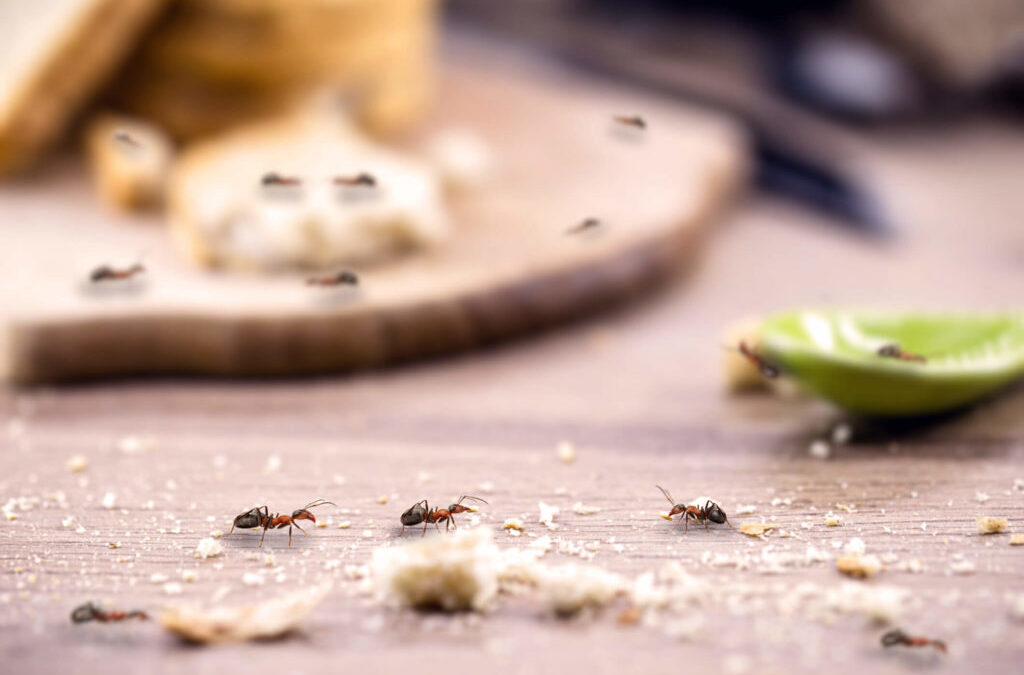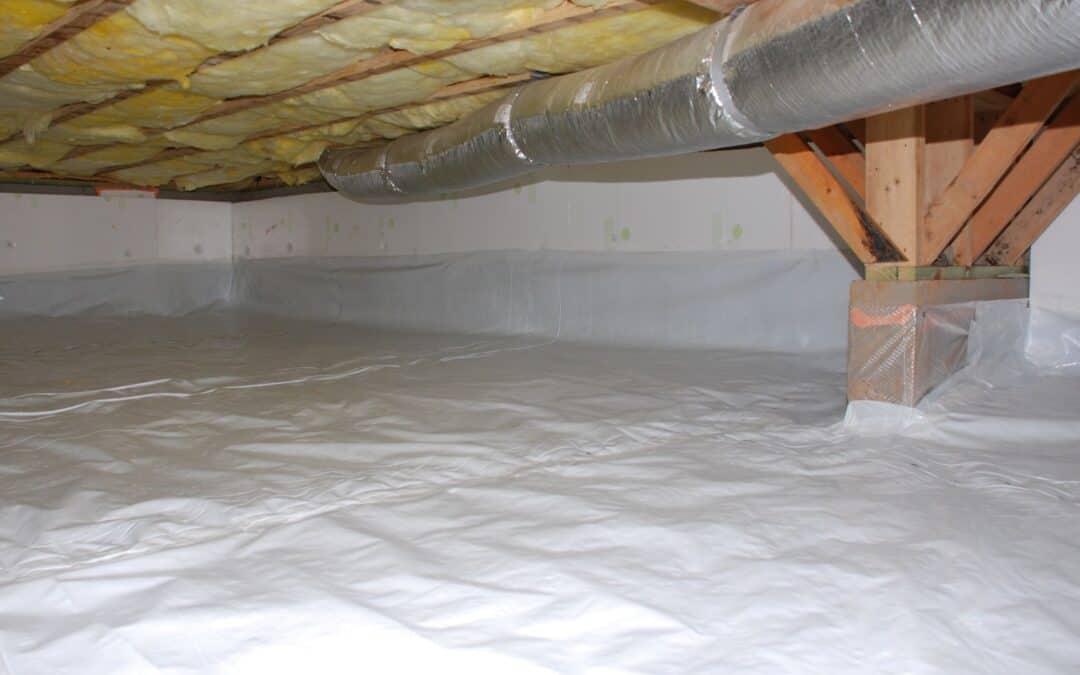READY TO GET STARTED?
REQUEST A FREE ESTIMATE
Fill out the form below or call (336) 226-1448 for a free, no-obligation estimate.

A home should be a safe haven—a place where we relax and feel secure. However, lurking within countless households are uninvited guests that pose significant risks to our well-being. Beyond being mere nuisances, common household pests can have far-reaching effects on human health. Understanding these dangers is crucial for homeowners, property managers, and health enthusiasts alike.
Rodents such as rats and mice not only cause structural damage but also carry diseases like hantavirus, salmonella, and leptospirosis. These pests can contaminate food and water sources, leading to outbreaks of illness, especially in urban settings.
Cockroaches, ants, and mosquitoes are among the many insects that infiltrate homes. Cockroaches can trigger asthma and allergies, while mosquitoes are infamous for spreading diseases such as West Nile virus and malaria. Ants, though less dangerous, can contaminate food and surfaces, leading to digestive issues.
Bed bugs and fleas, although tiny, pack a punch when it comes to health implications. Bed bugs can cause itchy welts and allergic reactions, while fleas are vectors for diseases like typhus and can transmit tapeworms to pets and humans alike.
When pests bite or sting, they can introduce toxins into the body, causing immediate reactions. Painful bites or stings can result in swelling, redness, and, in severe cases, anaphylaxis, a potentially life-threatening reaction.
Pests are notorious for contaminating food and water with their droppings, urine, and saliva. This contamination can lead to foodborne illnesses and gastrointestinal problems. Additionally, pests can trigger allergic reactions and exacerbate respiratory conditions through allergenic proteins found in their bodies and waste.
Maintaining a pest-free home is essential for health and peace of mind. Here are some strategies to help keep pests at bay:
Maintaining a healthy home environment requires awareness and action. By understanding the hidden dangers posed by common pests, we can take proactive steps to protect our homes and health. Vigilance in cleanliness, timely maintenance, and seeking professional pest control services are crucial. Let’s commit to creating a safer living space for ourselves and our loved ones. Stay informed, stay safe, and remember that a pest-free home is a healthy home.

Gardening isn’t just about growing beautiful flowers and fresh produce; it’s also a cost-effective and eco-friendly method for managing pests. By using natural gardening techniques as preemptive pest control, you can keep unwanted critters at bay without the need for expensive chemical treatments, saving you money on pest control.
Cold weather drives pests like mice and insects indoors, where they seek warmth and food. Proactively using gardening techniques, like planting pest-repelling plants, can prevent this invasion, keeping your home pest-free without harsh chemicals.
Companion planting pairs certain plants together to naturally repel pests. Marigolds, for example, keep aphids and mosquitoes away, while basil can protect your tomatoes by warding off flies and mosquitoes. A few strategic plant choices can save you from major infestations.
Lavender doesn’t just smell amazing—it repels fleas, moths, and mosquitoes. Plant it near windows and doorways to keep bugs out. Similarly, mint deters ants and spiders but can spread quickly, so it’s best to plant it in pots.
To start, research plants that are effective against the pests common in your area. Consider raised beds or vertical gardens if space is limited and place them near entry points for maximum effect. Healthy soil, rich in nutrients, also helps strengthen plants’ natural defenses.
Not all insects are bad—some, like ladybugs, actually help keep harmful pests in check. Planting dill or fennel can attract these beneficial bugs, reducing your need for chemical interventions.
Diatomaceous earth, sticky traps, and copper tape are excellent eco-friendly barriers to pests. And don’t forget, gardening is a year-round commitment! Plan your garden to maximize its pest-repelling power through every season.
While starting a garden may have upfront costs, the long-term savings from reduced pest control bills and fresh produce are significant. Plus, a thriving garden boosts your home’s curb appeal.
By embracing strategic gardening, you’re not only saving money but also promoting a healthy, sustainable environment. Take the first step toward a pest-free, greener home by planting your garden today! While gardening can help efforts in reducing pest activity around your property, sometimes you need some extra support! Finding local North Carolina pest professionals will ensure you have the tools you need to ensure a pest-free, healthy garden.

Fire ants can be a nuisance for homeowners, especially for those who prefer eco-friendly solutions. Here’s a comprehensive eviction plan to help with your sustainable fire ant control.
Fire ants build mounds and are known for their aggressive behavior when disturbed. Understanding their nesting habits is crucial for effective fire ant control. They thrive in warm, sunny areas and often build their colonies in disturbed soils.
Maintaining a well-kept yard can deter fire ants. Remove debris, such as wood piles and leaves, where ants can nest. Regular lawn care, including mowing and watering, can help prevent the establishment of fire ant colonies.
Several natural methods can help repel fire ants:
Boric acid is a popular eco-friendly bait that can be effective against fire ants. Mixing it with sugar water creates an attractive bait for ants, which they take back to their colony, eventually eliminating the nest.
Encouraging the presence of beneficial insects, such as predatory beetles, can help control fire ant populations naturally. These insects can prey on young ants and help keep their numbers in check.
Keep an eye on your yard for any signs of new fire ant activity. Early detection can prevent larger infestations and allow for quicker, more effective responses.
If your fire ant problem persists despite your best efforts, consider contacting a pest control professional who specializes in eco-friendly methods.
By implementing these fire ant control strategies, eco-conscious homeowners can effectively evict fire ants while minimizing harm to the environment. A proactive approach combined with natural deterrents will help keep your yard pest-free.

Your crawl space plays a key role in your home’s overall health and safety. If your crawl space is not properly taken care of, it can lead to a range of problems such as pest infestations, poor indoor air quality, damage to your foundation, and potential health hazards. In this blog, we breakdown how to care for your crawlspace with the help of DIY methods, encapsulation, and CrawlSpace Seal.
Encapsulating your crawl space is the process of sealing it to help prevent moisture from entering. This process involves installing a moisture barrier or vapor barrier on the floor and walls of your crawlspace, keeping moisture out of the space to help prevent fungi, wood rot, and other moisture-related problems. Likewise, crawlspace encapsulation can help seal pests out by eliminating the food and water sources available to them.
CrawlSpace Seal is an innovative solution that is applied to wooden structures in space, such as floor joists and beams. CrawlSpace seal will not only help with moisture issues, but it can also deter pests, like termites, and prevent them from damaging your home’s wood. This service is environmentally friendly and can provide extra protection when paired with crawlspace encapsulation.
Following these tips to care for your crawl space can lead to a healthy home for you and your family!

Crawl space encapsulation is the process of sealing your crawl space with a barrier to prevent moisture from entering. A crawl space professional will install a moisture or vapor barrier on the floor and walls of the space, allowing moisture to stay out to prevent fungi growth and other moisture–related problems. But when do you know it’s time to enclose your crawl space? We breakdown all you need to know about crawl space encapsulation, its benefits, and tips on keeping it healthy year-round.
If you’re noticing persistent moisture issues, fungi growth, or a musty smell creeping into your home, it’s a clear sign that enclosing your crawl space could be the solution. Sealing it off can help protect your home from these issues.
Besides preventing moisture-related issues, there are several other benefits that enclosing your crawl space will provide your home, including:
Once your crawl space encapsulation is installed, it’s still important to continue taking care of the space so you don’t run into any further problems in the future. Consider these tips:
With the help of crawl space encapsulation, crawlspace seal services, and regular maintenance and inspections, you’ll see a healthier environment in your home!